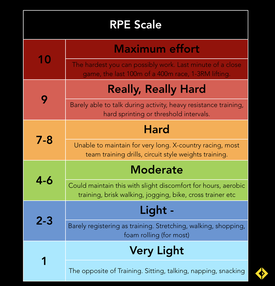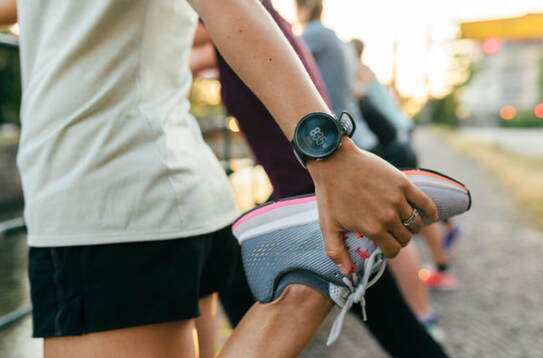What are sets? Are they different to a rep? All the exercise definitions you need to know.26/8/2021  Have you ever been in a gym or group class and all these words are being yelled out and you have no idea what they mean or what you are meant to be doing? We are here to help you understand what all those terms mean to help you feel more comfortable when exercising. Here is our guide to all the exercise terminology you need to know:

This is a beginner’s guide to exercise terminology, if there are more terms you would like to know the meaning of, please get in touch at [email protected] we are happy to help! By, Aleisha Michael Accredited Exercise Physiologist.
0 Comments
 Stretching has been a hot topic in the health and fitness world for a few years now and one that everybody seems to have their own opinions on! When should I stretch? How long should I stretch for? What types of stretching should I be doing? We will discuss all these questions and more! What is stretching? Stretching is the act of getting you out of the posture that you spend most of your time in and moving joints through their full range. It involves placing parts of your body into a position that with lengthen the muscles and surrounding fascia/ connective tissue. It can be done before or after exercise but also throughout the day when in sustained postures, to prevent muscle tightness, aches and pains and improve circulation. What types of stretching should you be doing? As a general rule of thumb there are two main types of stretching; ● Static stretching – this type of stretch is performed without movement meaning you would get into the stretch position and hold that position for a given amount of time. ● Dynamic stretching – this type of stretch is performed with movement meaning you use a swinging or bouncing movement to extend your range of motion and flexibility. Depending on what you are trying to achieve from your stretching (eg. Warming up before exercise or increasing muscle length) will determine which type of stretching to complete and when. When should you stretch? It has long been believed that we should stretch for long periods of time before and after an activity, but this isn’t necessarily true! It is crucial to warm-up your body prior to exercise through dynamic movements. The aim of these movements before exercise is not to improve your flexibility but to simply prime the muscles, joints, ligaments and tendons that you are about to use. In regard to trying to improve your flexibility and muscle length the most effective time to conduct this type of static stretching is after exercise as the muscles are warm and pliable. Another great time to stretch can be straight before bed as this is when our muscles and soft tissues heal, meaning they are healing in an elongated or stretched position that was achieved before going to sleep. How long should your stretch for? When completing static stretching a single stretch should be held for at least 30-60 seconds and repeated two or three times on each side. This gives the muscle enough time to relax and begin to lengthen. When performing dynamic stretches prior to exercise the duration ca depend on a number of things including how tight you may be already, the temperature and how long your exercise session is going to be. At a minimum, dynamic stretches should be performed for 5-10 minutes before any exercise, but longer than this for higher intensity, longer duration activities. If you would like more assistance or guidance around stretching, get in touch with us! By Aleisha Michael Accredited Exercise Physiologist. |
AuthorSLisa Parkinson Archives
July 2024
Categories
All
|

 RSS Feed
RSS Feed